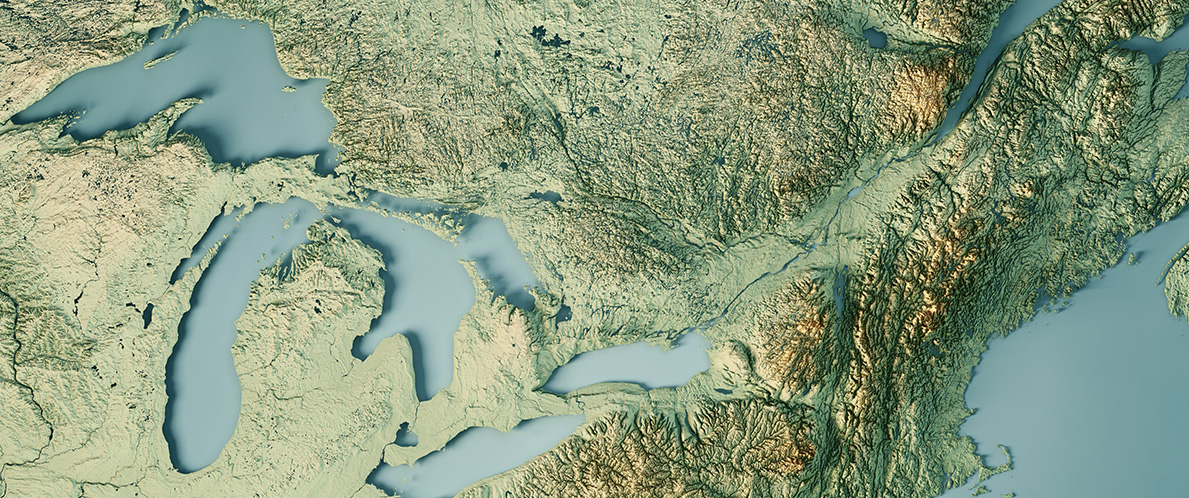Overview

The Great Lakes – Superior, Michigan, Huron, Erie, and Ontario – and their connecting waters are the largest surface freshwater system in the world. One-tenth of the U.S. population lives in the Great Lakes basin.
The Great Lakes ecosystem has been contaminated by human activities and industrial disposal practices dating back to the early 1900s. While many of these toxic chemicals were banned and phased out of commerce decades ago, they remain as “legacy pollutants” because they do not easily degrade in the environment and can bioaccumulate in fish and other wildlife.
The U.S. Environmental Protection Agency (US EPA) lists 27 environmentally degraded surface water systems called “Areas of Concern” (AOCs) [www.epa.gov/great-lakes-aocsexternal icon] that span across eight states (Illinois, Indiana, New York, Ohio, Pennsylvania, Michigan, Minnesota, and Wisconsin). Urban communities living in or near AOCs and indigenous communities that live off the land in the Great Lakes basin are particularly at risk of potentially high exposure to contaminated air, water, and soil through eating locally caught fish and wildlife.
In 2009, Congress appropriated $475 million for the Great Lakes Restoration Initiative (GLRI) [www.glri.usexternal icon] – the largest investment in the Great Lakes in two decades. US EPA, in conjunction with 11 other federal agencies, developed a GLRI action plan to protect, restore, and maintain the Great Lakes ecosystem. As part of the GLRI, US EPA funded the Agency for Toxic Substances and Disease Registry (ATSDR) to implement the Biomonitoring of Great Lakes Populations program (BGLP) (2010-2020).